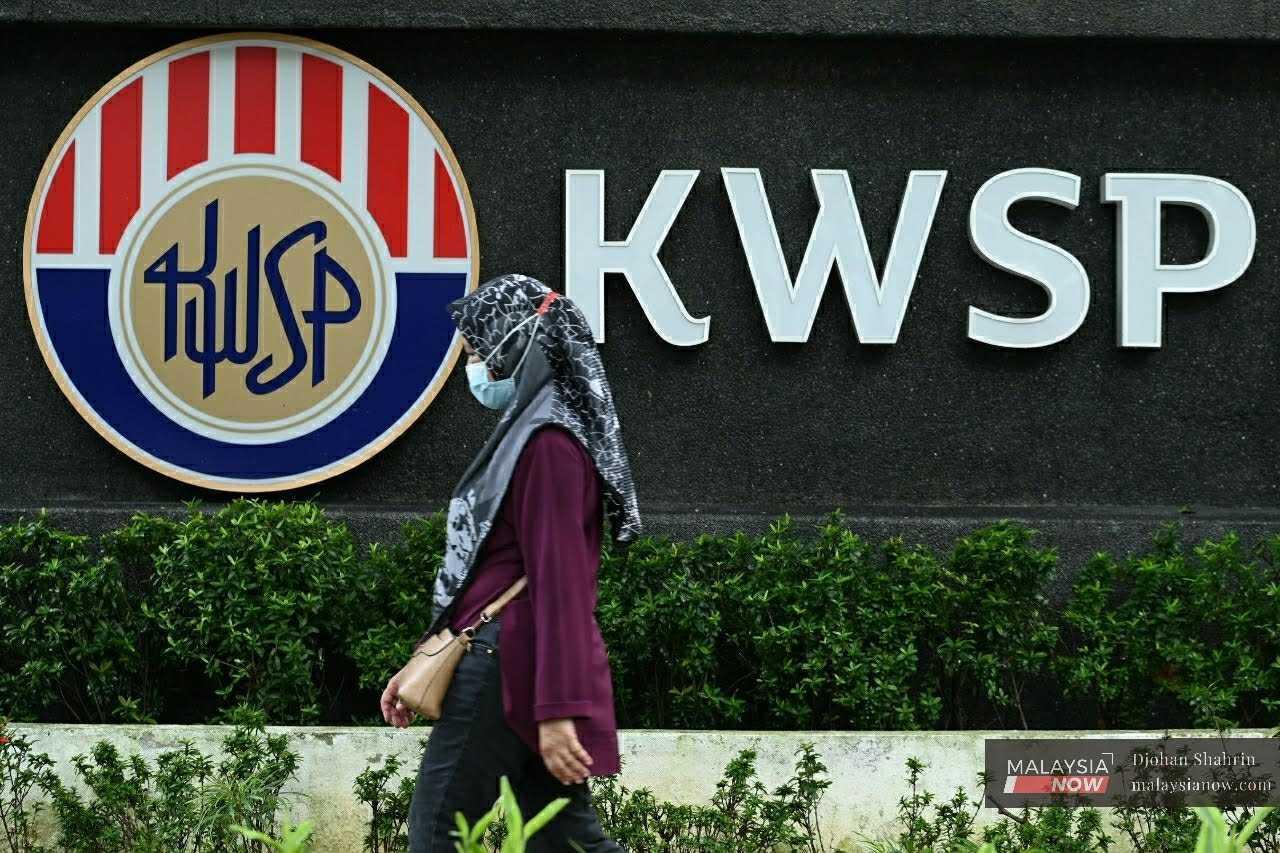Economist warns against using EPF dividends to pay interest on loans
Mohd Afzanizam Abdul Rashid also says that further EPF withdrawals could result in a lower dividend amount for contributors in general.
Just In
An economist has cautioned against using the dividend returns offered by the Employees Provident Fund (EPF) to pay interest on personal loans from banks.
Mohd Afzanizam Abdul Rashid, head of economics and social finance at Bank Muamalat Malaysia, said dividend returns are not fixed and will change according to the investment climate, while loans or financing rates are nearly fixed and easily known to borrowers.
Speaking to MalaysiaNow, he gave the example of EPF's Account 2 Support Facility.
"We already know that the interest for this is between 4% and 5%," he said.
"That has been determined, so whether the dividend can overcome the interest rate charged by the bank is hard to say.
"We are not even sure what dividend interest rate will be announced by the EPF, but in the EPF Act it is mentioned that the minimum dividend is 2.5%. That's all."
The government led by Prime Minister Anwar Ibrahim previously proposed the use of EPF savings as collateral to apply for personal loans from commercial banks, amid calls for more withdrawals from the retirement fund.
Former finance minister Johari Abdul Ghani had opposed the suggestion, saying borrowers might be further affected by interest payments from the personal loans taken.
This gave rise to further debate on social media, with some saying that EPF dividend payments could be used to pay the interest on bank loans.
In 2022, EPF announced a dividend rate of 5.35% for conventional savings and 4.75% for shariah savings.
This was a drop from 2021, where the conventional rate was 6.10% and the shariah rate was 5.65%.
The dividend rate for shariah savings in 2022 was the lowest since the scheme was introduced in 2017.
"So it would not be wise to say that dividends can prevail over loan interest," Afzanizam added.
He also said that any move to allow further withdrawals from EPF savings could result in a lower dividend amount for contributors in general.
He said the situation could also spark concern among contributors with high EPF savings and encourage them to switch to investment platforms that they believe can offer better and more stable returns.
"There could be a risk of the EPF letting go of investments that should have been held for a long period to realise better returns," he said.
"But because there is a demand for withdrawals, they have to sell premature assets and cannot realise big returns.
"This could be considered as undermining returns, which would translate into lower dividend returns."
Four rounds of withdrawals have been allowed so far through the i-Lestari, i-Sinar, i-Citra and special withdrawal programmes, with a total of RM145 billion taken out by 8.1 million contributors.
Afzanizam said withdrawals by a handful of contributors could also affect dividend returns across the board.
"It's a collective investment, meaning that when the EPF receives contributions, these will be invested in bulk, not segregated according to category – whether B40, M40 or T20," he said.
"So when one group decides to withdraw a large amount of funds because they have permission to do so, this will disrupt the investment process which will also affect the potential for higher returns.
Subscribe to our newsletter
To be updated with all the latest news and analyses daily.
Related Articles
Most Read
No articles found.
